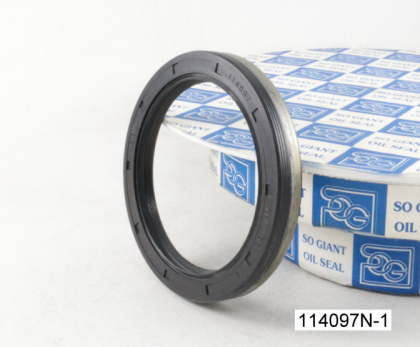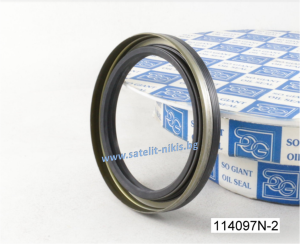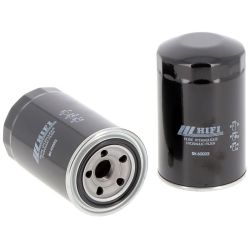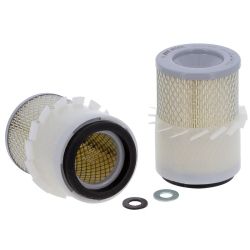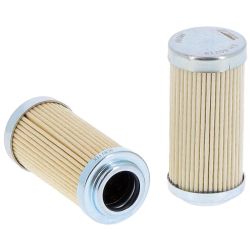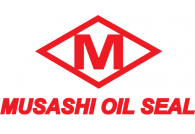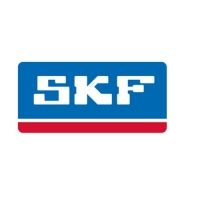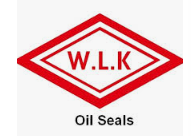Oil seal A/BSW (215) 120x140x13 L Viton SOG/TW
-
Code:47120140139
-
Weight:0.000 Kgs
Oil seal type BS (210), with dust lip and with spring.
Material: fluoride rubber ( FPM)
Helix: left helix
Suitable for crankshaft rear side of:
DEUTZ-FAHR 04253332, 04253542, DEUTZ 04253332, 04253542, DRÖGMÖLLER 0059972647, 0069973347, 0079972446, 0139971447, 0149971347, IVECO 40003010, LAMBORGHINI 04253332, 04253542, MAN 51015100133, MERCEDES-BENZ 0059972647, 0069973347, 0079972446, 0139971447, 0149971347, A0139971447, NEOPLAN 0059972647, 0069973347, 0079972446, 0139971447, 0149971347, PADANE 0059972647, 0069973347, 0079972446, 0139971447, 0149971347, RENAULT TRUCKS 5000560821 , SAME 04253332, 04253542 , SETRA 0059972647, 0069973347, 0079972446, 0139971447, 0149971347, ZETOR Z55010221
The nitrile rubber may vary in color from the one shown in the picture, without this affecting the sealing properties of the oil seal.
Manufacturer: SO GIANT OIL SEAL INDUSTRIAL CO., LTD
For delivery options to your country, please do not hesitate to contact us!
Fluororubber properties:
Excellent resistance to mineral oils, aliphatic and aromatic hydrocarbons, as well as hydrocarbons containing chlorine, concentrated and dilluted acids, weak alkalis. Its excellent heat resistance (up to +200°C), as well as cold resistance (-30°C), depending on the type of seal, along with its good mechanical properties and remarkable aging resistance, place fluororubber well above the traditional synthetic rubbers. It is especially suitable for high peripheral velocity applications.
Advantages:
- excellent heat resistance within a wide temperature range: from -30°С to 200 °С
- superior resistance to oil and fuels as compared to other rubber types
- the only highly elastic rubber which is resistant to aromatic and chlorinated hydrocarbons
- negligible gas permeability
- excellent weather and ozone resistance
- excellent acid resistance to both concentrated and dilluted acids
- good resistance to weak alkalis
- low swelling in water
Limitations:
- limited flexibility in cold conditions
- limited tensile and tear strength
- limited wear resistance
- high compression set in hot water
- poor resistance to polar solvents

